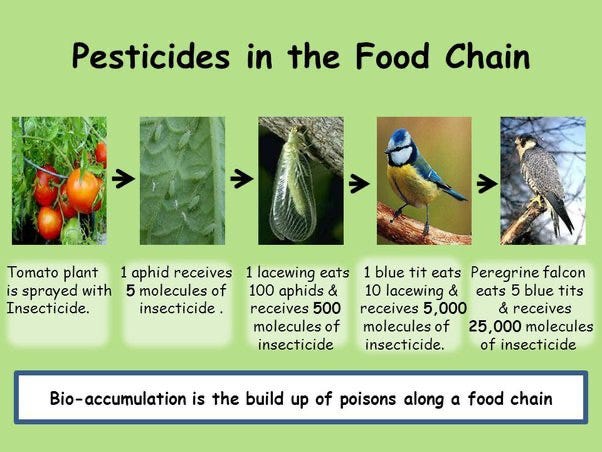I’m gonna be honest, this is my first time living in a Home Owners Association. It was super intimidating at first (still is sometimes) until I realized that it’s an association of homeowners, of which I am one. I have equal standing to any of my neighbors. Heck, if we could get two-thirds of our community to show up to a meeting and vote to dissolve the HOA, we could! I’d rather not, though. When you have over 500 households slotted into 60 acres of land, a few rules make for more peace.
HOAs get painted as authoritarian regimes—a few nosy neighbors dictating what the majority can do around their own homes. After living in one for several years, I prefer to think of it as a union. We elect leaders, form committees when needed, plan programs that benefit the entire community, and design covenants democratically. To me, this is the ideal setup for building community resilience. Everyone has a stake in the common property areas, and everyone has a say in the direction the community grows.
Of course Janet and Jeff Crouch, may they be forever revered, did the hard work in Maryland when it comes to restricting HOA rules against conservation/low-impact landscaping. Their lawn re-wilding project led to state legislation that protects homeowners’ rights to do better for nature.
Defining High-Impact Landscaping
So what exactly about nice green turf lawns is high-impact? The maintenance, mostly. I’m going to throw some stats with sources here, instead of trying to make it all pretty. The facts are really not pretty in any way.
Problem one: Gas-powered lawn equipment releases more pollutants than cars do.
Fueling gas-powered lawn care equipment uses “800 million gallons of gasoline annually, with 17 million additional gallons spilled in the process.”
“A four stroke lawnmower operating for one hour equates to a vehicle traveling for 500 miles.”
“Levels of emissions were 124 times higher from an idling two stroke engine than from a car or truck.”
“A consumer grade leaf blower releases more hydrocarbons than a pick up truck or a sedan.”
Problem Two: Overuse of fertilizer, and carbon-costly manufacture of synthetic fertilizer, pollute our air and drinking water (which is generally not treated for it.)
“According to a study by the EPA, 40 to 60 percent of nitrogen [from lawns] ends up in surface and groundwater.”
“David Wolfe, a professor of plant and soil ecology at Cornell noted that for every ton of nitrogen created to make [synthetic] fertilizer, four or five tons of carbon are added to the atmosphere.”
“A lawn does not need, or can hold, the amount of nitrogen in the fertilizer. Soil microbes will then turn this additional nitrogen into nitrous oxide gas, a greenhouse gas that has 300 times the heat-trapping ability of CO2.”
Problem Three: Treated drinking water is used to keep grass, instead of humans, alive.
“Approximately 50-70 percent of our residential water is used for landscaping, most of it to water lawns, which total approximately 20-30 million acres in the United States.”
In 2022, the state of Nevada passed a bill that not only banned the installation of new lawns in the state, but also mandated the removal of any lawn deemed nonfunctional. “The authority estimates there are about 3,900 acres of grass to be removed, which could yield savings of up to 9.5 billion gallons of water annually…” A heavy decision made in response to a years-long drought that is draining Nevada’s lakes, along with the Colorado River.
Problem Four: Pesticides (including herbicides) are used unnecessarily and cause cascading damage long after their application.
“The use of pesticides and other chemicals to care for lawns has also led to the death of nearly 7 million birds each year, a topic that was central to the novel Silent Spring by the conservationist Rachel Carson.”
“According to the United States Geological Survey, 99% of the urban water samples that were tested contained one or more types of pesticides.”
There are so many other costs to nature, and our own health, beyond that short list. But I’m attempting to focus on what makes landscaping actions high or low impact. I’ve gotta be honest, this is emotional for me; lawns are emotional for a lot of people.
In the next part, I’ll look at what low-impact landscaping means and how it addresses these issues.



